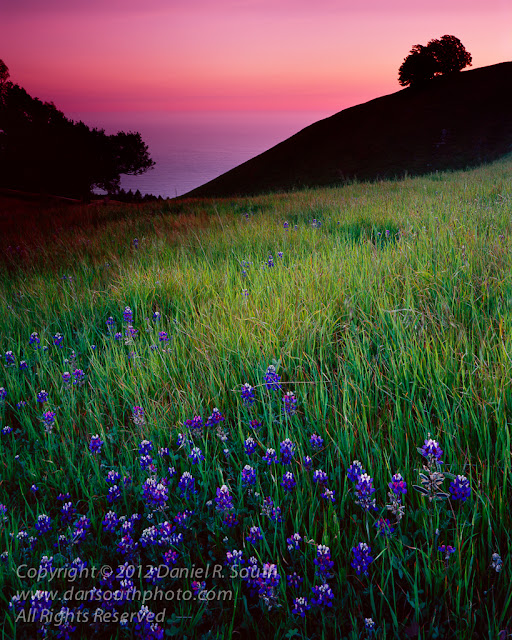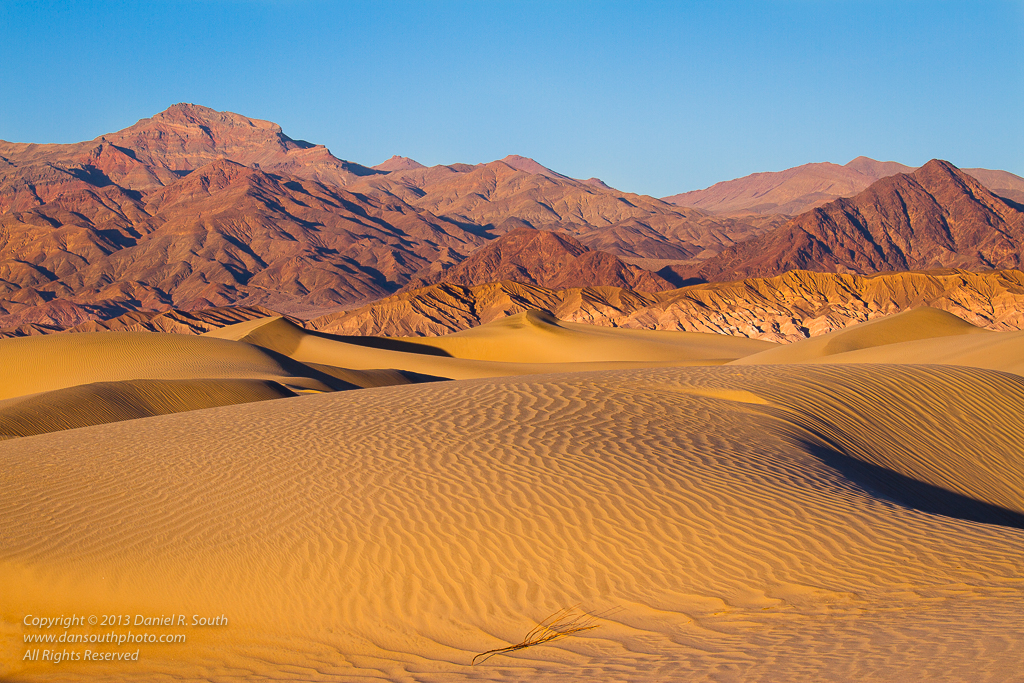As a rule, I avoid photographing children whose families I don't know. Society has become hyper-sensitive to any activity that could be construed as child exploitation. And for good reason.
Having a cute-kid-holding-a-lollipop photo in my portfolio isn't worth the hassle if the parents get the wrong idea. In most cases, I see the kid, but I just keep walking. There are plenty of other subjects.
Children doing something interesting in a group, however, is generally a safe exception. I think of it more as shooting the activity than photographing any particular person. I don't care who is doing the activity; it's the activity itself that's interesting.
When I noticed this group of young ladies eating soft pretzels on the steps of Federal Hall on Wall Street, I made a quick decision to grab the shot. The camera was on and hanging from my neck, so all I really needed to do was positioning myself, frame, focus, and shoot. It all happened in three to four seconds.
 |
| Pretzel Girls - New York |
The lady on the right moved into the frame just as I was getting ready to shoot, but I managed to capture the photo of the kids before she impeded the shot further.
This is one of my favorite "people in the street" shots. It's colorful, fun, relaxed, and relatively unique. It's not often that I see six nicely dressed children eating pretzels together. I'm very happy that I decided to take the shot in the fleeting moment when it was available.
'Pretzel Girls' was part of 2012's 'Summer in New York' photo exhibition.
Camera: Canon EOS 5D Mark II
Lens: Canon 24-105 f/4L IS
Wishing you great light and meaningful moments!
Copyright © 2013 Daniel R. South
All Rights Reserved






